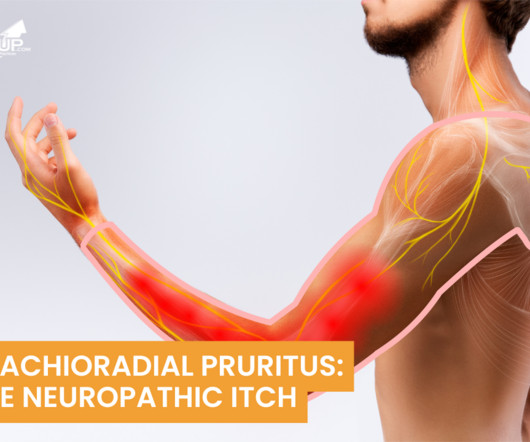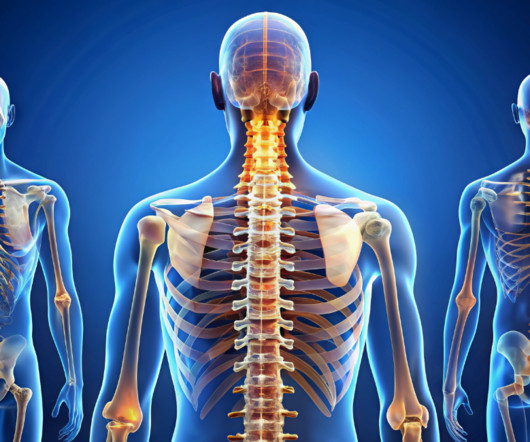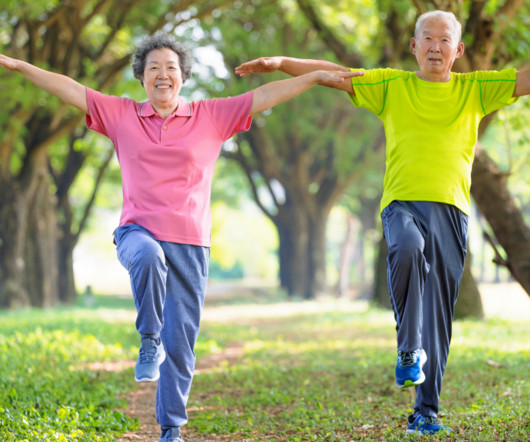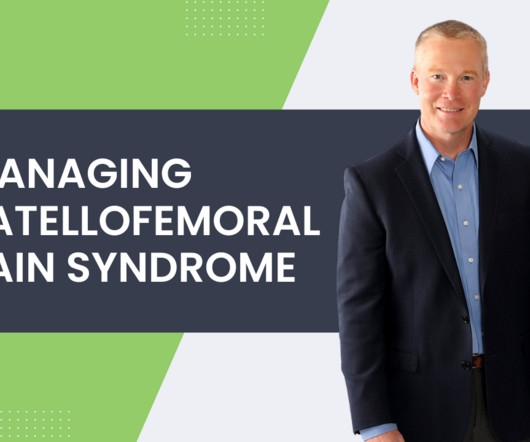Brachioradial Pruritus: The Neuropathic Itch Every DC Should Recognize
ChiroUp
JANUARY 2, 2025
1,4,5,9) Cervical spine conditions such as disc herniation, spondylosis, or chronic joint dysfunction hypersensitize these nerves, making them more likely to misfire. (12) 3) Improve Ergonomics: Optimize seated, standing, and laptop workstations to reduce spinal stress and improve posture. 12) What Causes Neuropathic Itch?












Let's personalize your content